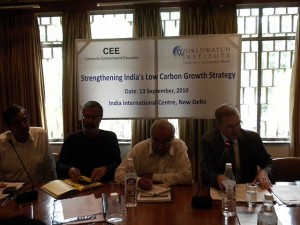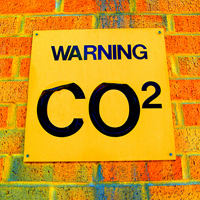Global energy intensity rising

Posted:26 Sep 2011
According to the Worldwatch Institute, global energy intensity has been growing faster than the global economy for the past two years. Worldwatch observed that worldwide energy intensity grew 1.35 per cent last year, surpassing global economic growth. Unless economies all over the world shift to sustainable development, global energy intensity will keep on increasing. Energy intensity is total energy consumption divided by gross world product. Between 1981 and 2010, it decreased by about 20.5 per cent or 0.8 per cent annually. “During this period of decline, most developed countries restructured their economies, and energy-intensive heavy industries accounted for a shrinking share of production,” stated Haibing Ma, manager of Worldwatch’s China programme. “New technologies applied to energy production and consumption significantly improved efficiency in almost every aspect of the economy,” particularly during the surge of ‘knowledge-based economy’ from 1991 to 2000. Global economic productivity increased without parallel increases in energy use.


